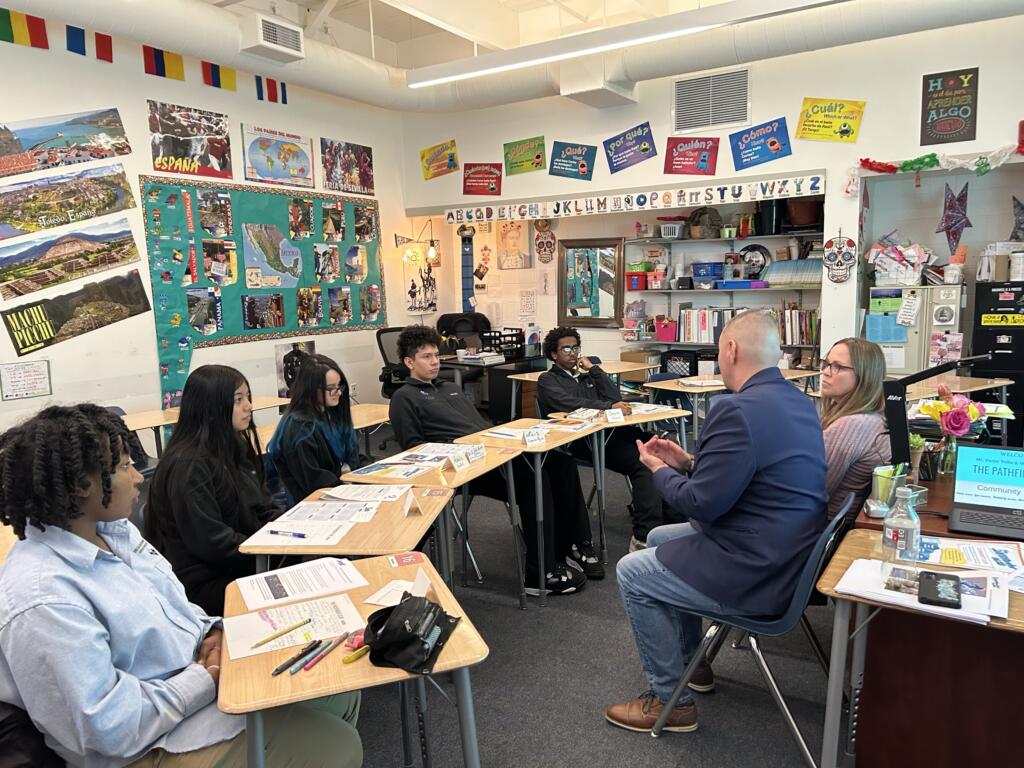
Support for Youth Impacted by Systems
The PATHfinder Club is one of many supportive services and resources for youth impacted by incarceration, detention, and deportation. Don’t have a club in your community? You’re not alone. Here are some other places where you can find support.
Incarceration and Detention
Impacts of Incarceration Video Library
a free resource for people impacted by the criminal legal system, featuring over 125 videos from interviews with people whose lives have been touched by incarceration.
Immigration and Deportation
Break It Down! Tip Sheet on Immigration Status and the Criminal Legal System
Have you ever wondered how interactions with the police or criminal court can impact you or your loved one’s immigration status?
This guide can help you understand the risks. It explains how the criminal legal and immigration systems are connected and impact immigrant communities.
¿Se ha preguntado alguna vez cómo las interacciones con la policía o los tribunales judiciales pueden afectar su situación migratoria o a la de sus seres queridos?
Esta guía puede ayudarle a entender los riesgos. Explica cómo los sistemas penal y migratorio están conectados y afectan a las comunidades de inmigrantes.
Overview of the Deportation Process
The immigration system is very complex and opaque, containing many intricate moving parts. Most decisions that result in an individual’s deportation take place behind closed doors or in remote geographic locations by a variety of government officials. Additionally, the laws, regulations, policy memos, executive orders, and international treaties that regulate immigration detention, relief from deportation, and due process for noncitizens are complex and, at times, contradictory.
This advisory gives an orientation to the deportation process and breaks it down into four steps that typically happen in an immigrant’s experience with the deportation system. The amount of time that each step takes for an individual noncitizen varies; the entire process may occur in a matter of hours or one step could take years or decades. Additionally, some individuals may not ever reach the end of the process because they are granted immigration status, the government decides not to deport the person, or international protections do not allow the person to be deported to their country.
Break It Down! Tip Sheet on Immigration Status and the Criminal Legal System
Have you ever wondered how interactions with the police or criminal court can impact you or your loved one’s immigration status?
This guide can help you understand the risks. It explains how the criminal legal and immigration systems are connected and impact immigrant communities.
¿Se ha preguntado alguna vez cómo las interacciones con la policía o los tribunales judiciales pueden afectar su situación migratoria o a la de sus seres queridos?
Esta guía puede ayudarle a entender los riesgos. Explica cómo los sistemas penal y migratorio están conectados y afectan a las comunidades de inmigrantes.
Overview of the Deportation Process
The immigration system is very complex and opaque, containing many intricate moving parts. Most decisions that result in an individual’s deportation take place behind closed doors or in remote geographic locations by a variety of government officials. Additionally, the laws, regulations, policy memos, executive orders, and international treaties that regulate immigration detention, relief from deportation, and due process for noncitizens are complex and, at times, contradictory.
This advisory gives an orientation to the deportation process and breaks it down into four steps that typically happen in an immigrant’s experience with the deportation system. The amount of time that each step takes for an individual noncitizen varies; the entire process may occur in a matter of hours or one step could take years or decades. Additionally, some individuals may not ever reach the end of the process because they are granted immigration status, the government decides not to deport the person, or international protections do not allow the person to be deported to their country.
Wellness and Self-Care
Managing Stress and Anxiety Tip Sheet
Life can be stressful—you may feel stressed about performance at school, traumatic events (such as a pandemic, a natural disaster, or an act of violence), or a life change. Everyone feels stress from time to time.
What is stress? Stress is the physical or mental response to an external cause, such as having a lot of homework or having an illness. A stressor may be a one-time or short-term occurrence, or it can happen repeatedly over a long time. What is anxiety? Anxiety is your body’s reaction to stress and can occur even if there is no current threat. If that anxiety doesn’t go away and begins to interfere with your life, it could affect your health. You could experience problems with sleeping, or with your immune, digestive, cardiovascular, and reproductive systems. You also may be at higher risk for developing a mental illness such as an anxiety disorder or depression.
Protective and Promotive Factors to Support Youth Well-Being Guide
 The Protective and Promotive Factors to Support Youth Well-Being Guide is an interactive guide designed to provide those working with young people with questions that stimulate and enrich conversations about the presence of the Youth Thrive™ Protective and Promotive Factors–informed by research on resilience, positive youth development,
The Protective and Promotive Factors to Support Youth Well-Being Guide is an interactive guide designed to provide those working with young people with questions that stimulate and enrich conversations about the presence of the Youth Thrive™ Protective and Promotive Factors–informed by research on resilience, positive youth development,
and neuroscience–that address youth’s well-being. Keyed to the Protective and Promotive Factors, this Guide offers young people topics to explore that help youth take advantage of opportunities and experiences, pursue their interests, find support when challenges arise, and identify key building blocks for their evolving well-being.
Managing Stress and Anxiety Tip Sheet
Life can be stressful—you may feel stressed about performance at school, traumatic events (such as a pandemic, a natural disaster, or an act of violence), or a life change. Everyone feels stress from time to time.
What is stress? Stress is the physical or mental response to an external cause, such as having a lot of homework or having an illness. A stressor may be a one-time or short-term occurrence, or it can happen repeatedly over a long time. What is anxiety? Anxiety is your body’s reaction to stress and can occur even if there is no current threat. If that anxiety doesn’t go away and begins to interfere with your life, it could affect your health. You could experience problems with sleeping, or with your immune, digestive, cardiovascular, and reproductive systems. You also may be at higher risk for developing a mental illness such as an anxiety disorder or depression.
Protective and Promotive Factors to Support Youth Well-Being Guide
 The Protective and Promotive Factors to Support Youth Well-Being Guide is an interactive guide designed to provide those working with young people with questions that stimulate and enrich conversations about the presence of the Youth Thrive™ Protective and Promotive Factors–informed by research on resilience, positive youth development,
The Protective and Promotive Factors to Support Youth Well-Being Guide is an interactive guide designed to provide those working with young people with questions that stimulate and enrich conversations about the presence of the Youth Thrive™ Protective and Promotive Factors–informed by research on resilience, positive youth development,
and neuroscience–that address youth’s well-being. Keyed to the Protective and Promotive Factors, this Guide offers young people topics to explore that help youth take advantage of opportunities and experiences, pursue their interests, find support when challenges arise, and identify key building blocks for their evolving well-being.
Racism and the Criminal Legal System
The Enduring Myth of Black Criminality
In his October cover story, Ta-Nehisi Coates explores how mass incarceration has affected African American families. “There’s a long history in this country of dealing with problems in the African American community through the criminal justice system,” he says in this animated interview. “The enduring view of African Americans in this country is as a race of people who are prone to criminality.”
Mass Incarceration, Visualized
In this animated interview, the sociologist Bruce Western explains the current inevitability of prison for certain demographics of young black men and how it’s become a normal life event. “We’ve chosen the response of the deprivation of liberty for a historically aggrieved group, whose liberty in the United States was never firmly established to begin with,” Western says. In The Atlantic’s October cover story, Ta-Nehisi Coates explores the impact of mass incarceration on the black family.
What Is Systemic Racism? - Incarceration
Did you know that back in the ’80s there were less than half a million people in the US prison system, but now, thanks to the war on drugs, there are more than 2 million? That out of every 100,000 Americans about 700 are incarcerated, but out of every 100,000 Black men over 4,000 are incarcerated? And one of the many effects of that trend is that combined with felony disenfranchisement laws, it means 13% of Black American men are denied their right to vote?
“What Is Systemic Racism?” is an 8-part video series that shows how racism shows up in our lives across institutions and society: Wealth Gap, Employment, Housing Discrimination, Government Surveillance, Incarceration, Drug Arrests, Immigration Arrests, Infant Mortality (. . . yes), systemic racism is really a thing.
Our Voice, Our Values, Our Vote Tip Sheet
Changing the legal system can feel like a lot to take on—or even like it’s impossible at times. But there are smaller steps you can take on your own, and with your community, that can have a big impact.
This poster explains some of the ways you can take action in your day-to-day life, like:
- Voting in local and national elections
- Participating in community organizing
- Holding elected officials accountable
Pensar en cambiar el sistema legal puede parecer algo muy difícil de afrontar, incluso imposible a veces. Pero hay pasos más pequeños que usted puede dar por su cuenta, y con su comunidad, que pueden tener un gran impacto.
Este cartel explica algunas de las formas en que puede actuar en su vida diaria, como:
- Participar en la organización de la comunidad
- Hacer que los funcionarios elegidos rindan cuentas
- Votar en las elecciones locales y nacionales
The Enduring Myth of Black Criminality
In his October cover story, Ta-Nehisi Coates explores how mass incarceration has affected African American families. “There’s a long history in this country of dealing with problems in the African American community through the criminal justice system,” he says in this animated interview. “The enduring view of African Americans in this country is as a race of people who are prone to criminality.”
Mass Incarceration, Visualized
In this animated interview, the sociologist Bruce Western explains the current inevitability of prison for certain demographics of young black men and how it’s become a normal life event. “We’ve chosen the response of the deprivation of liberty for a historically aggrieved group, whose liberty in the United States was never firmly established to begin with,” Western says. In The Atlantic’s October cover story, Ta-Nehisi Coates explores the impact of mass incarceration on the black family.
What Is Systemic Racism? - Incarceration
Did you know that back in the ’80s there were less than half a million people in the US prison system, but now, thanks to the war on drugs, there are more than 2 million? That out of every 100,000 Americans about 700 are incarcerated, but out of every 100,000 Black men over 4,000 are incarcerated? And one of the many effects of that trend is that combined with felony disenfranchisement laws, it means 13% of Black American men are denied their right to vote?
“What Is Systemic Racism?” is an 8-part video series that shows how racism shows up in our lives across institutions and society: Wealth Gap, Employment, Housing Discrimination, Government Surveillance, Incarceration, Drug Arrests, Immigration Arrests, Infant Mortality (. . . yes), systemic racism is really a thing.
Our Voice, Our Values, Our Vote Tip Sheet
Changing the legal system can feel like a lot to take on—or even like it’s impossible at times. But there are smaller steps you can take on your own, and with your community, that can have a big impact.
This poster explains some of the ways you can take action in your day-to-day life, like:
- Voting in local and national elections
- Participating in community organizing
- Holding elected officials accountable
Pensar en cambiar el sistema legal puede parecer algo muy difícil de afrontar, incluso imposible a veces. Pero hay pasos más pequeños que usted puede dar por su cuenta, y con su comunidad, que pueden tener un gran impacto.
Este cartel explica algunas de las formas en que puede actuar en su vida diaria, como:
- Participar en la organización de la comunidad
- Hacer que los funcionarios elegidos rindan cuentas
- Votar en las elecciones locales y nacionales
Location-Specific Resources
West Coast
Oregon
- The Pathfinder Network – tools and support for families and individuals impacted by systems
- Youth Rights & Justice Resource List
- Handbook for Friends and Family of Adults in Custody
- Agape Families – summer camp and programs for youth impacted by incarceration
California
- California Department of Corrections and Rehabilitation Visitation Information
- Friends Outside – resources and support for people who are incarcerated and their loved ones
- Project Avary – Camps and groups by and for children of incarcerated parents
- Legal Services for Prisoners with Children
East Coast
- Hope House (Washington, DC) – programs for prisoners and their families aimed at decreasing recidivism and keeping incarcerated men connected to the community
- Assisting Families of Inmates (Virginia) – evidence-based programs providing meaningful visitation, family support and children’s services.
- The Messages Project (Nebraska, Missouri, Virginia) – helps establish and maintain the bond between children and their incarcerated parents through video messages and other interactive media.
- Children of Incarcerated Parents Partnership (Maryland) – provides support, resources, and services for the children impacted by the incarceration of a loved one.
- Women’s Prison Association (New York) – programs and services for women involved in the criminal legal system, including housing, emergency assistance, employment, and legal services.
- Osborne Association (New York) – healthy relationship courses, substance use disorder treatment, job training, mentoring, and other support inside courtrooms, jails, prisons, and the community.
- Peer Defense Project (New York)
- Staying Connected With Loved Ones in New York State Prisons (New York)
- Children of Promise (New York) – mentoring and other programs for youth impacted by incarceration
South/Southwest
- Children of Inmates (Florida) – helps reconnect children to their incarcerated parents, create positive memories and moments for children, and facilitate rebuilding lasting bonds for a lifetime.
- Forever Family (Georgia) – services for children with incarcerated parents and their families.
- Emma’s House (Nevada) – Support groups and programs for minority women and girls.
- Texas Incarcerated Families Association (Texas) – advocate for greater opportunities for currently and formerly incarcerated people.
- Texas Prisons Community Advocates (Texas) – advocacy, organizing, and direct support for people incarcerated in texas and their families.
Midwest
- Women’s Justice Institute (Illinois)- build transformative interventions centered on the strengths of women and the powerful role they play throughout our communities using a variety of tools and strategies.
- Illinois Prison Project (Illinois) – Legal defense, education, and advocacy for people who are incarcerated.
- The Messages Project (Nebraska, Missouri, Virginia) – helps establish and maintain the bond between children and their incarcerated parents through video messages and other interactive media.
West Coast
Oregon
- The Pathfinder Network – tools and support for families and individuals impacted by systems
- Youth Rights & Justice Resource List
- Handbook for Friends and Family of Adults in Custody
- Agape Families – summer camp and programs for youth impacted by incarceration
California
- California Department of Corrections and Rehabilitation Visitation Information
- Friends Outside – resources and support for people who are incarcerated and their loved ones
- Project Avary – Camps and groups by and for children of incarcerated parents
- Legal Services for Prisoners with Children
East Coast
- Hope House (Washington, DC) – programs for prisoners and their families aimed at decreasing recidivism and keeping incarcerated men connected to the community
- Assisting Families of Inmates (Virginia) – evidence-based programs providing meaningful visitation, family support and children’s services.
- The Messages Project (Nebraska, Missouri, Virginia) – helps establish and maintain the bond between children and their incarcerated parents through video messages and other interactive media.
- Children of Incarcerated Parents Partnership (Maryland) – provides support, resources, and services for the children impacted by the incarceration of a loved one.
- Women’s Prison Association (New York) – programs and services for women involved in the criminal legal system, including housing, emergency assistance, employment, and legal services.
- Osborne Association (New York) – healthy relationship courses, substance use disorder treatment, job training, mentoring, and other support inside courtrooms, jails, prisons, and the community.
- Peer Defense Project (New York)
- Staying Connected With Loved Ones in New York State Prisons (New York)
- Children of Promise (New York) – mentoring and other programs for youth impacted by incarceration
South/Southwest
- Children of Inmates (Florida) – helps reconnect children to their incarcerated parents, create positive memories and moments for children, and facilitate rebuilding lasting bonds for a lifetime.
- Forever Family (Georgia) – services for children with incarcerated parents and their families.
- Emma’s House (Nevada) – Support groups and programs for minority women and girls.
- Texas Incarcerated Families Association (Texas) – advocate for greater opportunities for currently and formerly incarcerated people.
- Texas Prisons Community Advocates (Texas) – advocacy, organizing, and direct support for people incarcerated in texas and their families.
Midwest
- Women’s Justice Institute (Illinois)- build transformative interventions centered on the strengths of women and the powerful role they play throughout our communities using a variety of tools and strategies.
- Illinois Prison Project (Illinois) – Legal defense, education, and advocacy for people who are incarcerated.
- The Messages Project (Nebraska, Missouri, Virginia) – helps establish and maintain the bond between children and their incarcerated parents through video messages and other interactive media.
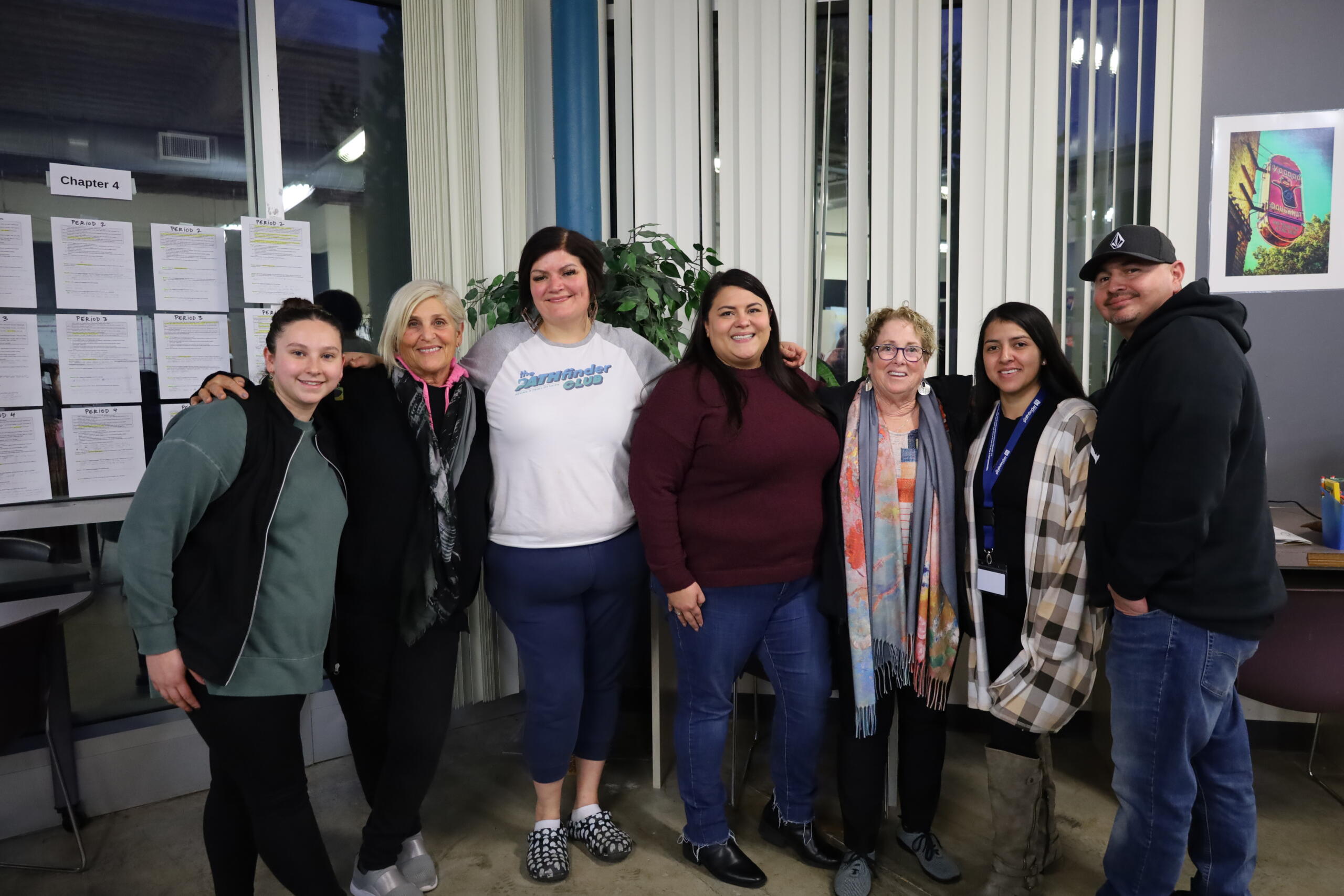
Get Involved
Have questions? Want to get involved? Let’s connect! Click the button below to learn more about how you can connect with our work.
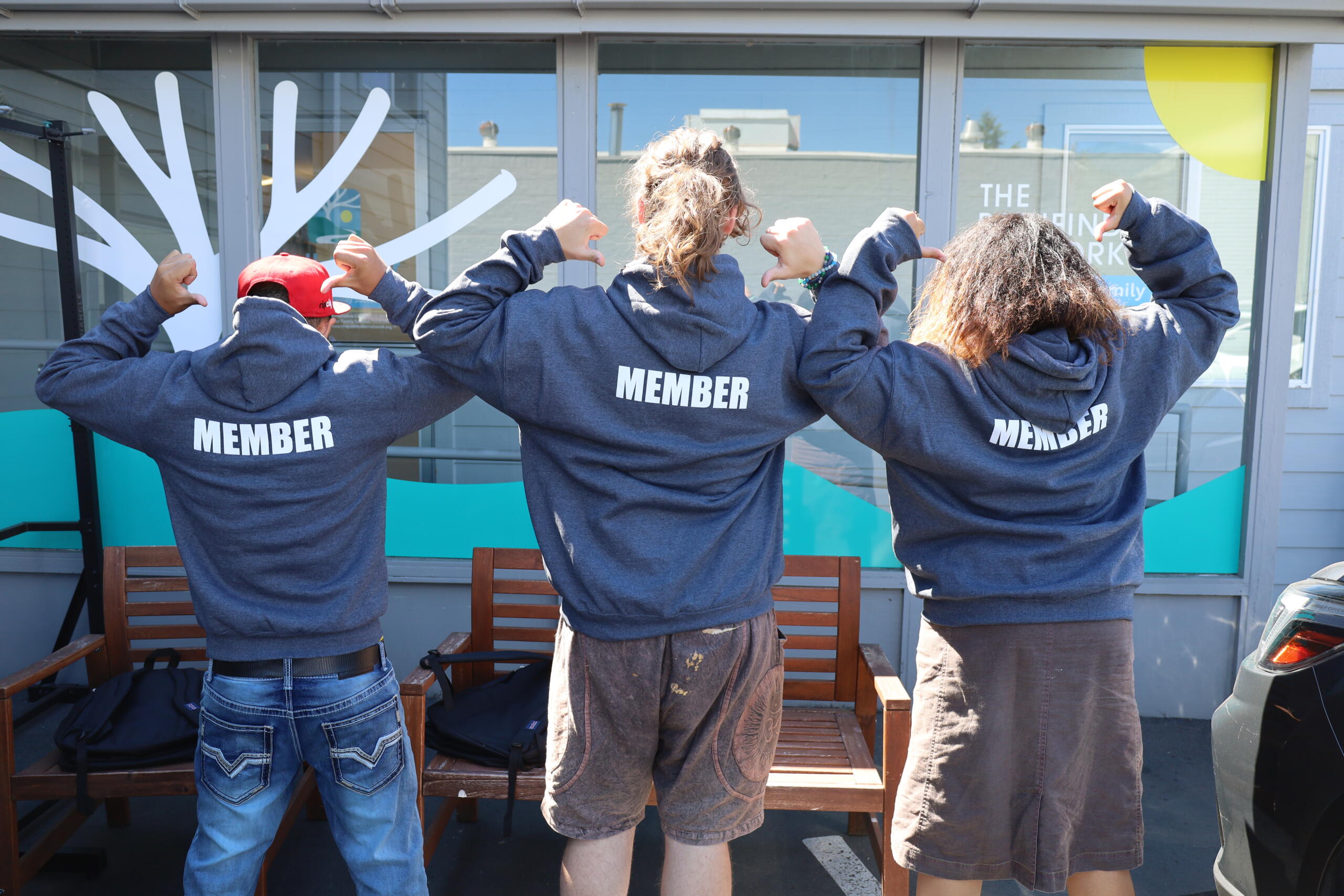
Support Our Work
Make a donation to The Pathfinder Network and help us provide support for systems-impacted individuals, youth, and families.
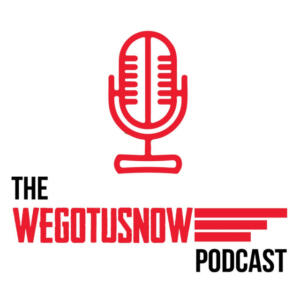 WE GOT US NOW Podcast shines a spotlight on the invisible population of 10 million children and young adults in the US impacted by parental incarceration, and our allies. Fifty percent of the US prison population are parents. Their children, our WE GOT US NOW community, have endured the collateral consequences from the surge of incarceration in the US. Our Stories are often unknown and untold. Our Traumas are misdiagnosed and overlooked. Our Futures are often misrepresented and our experiences are unheard. WE will NO longer be silenced by our pain. These are OUR STORIES!
WE GOT US NOW Podcast shines a spotlight on the invisible population of 10 million children and young adults in the US impacted by parental incarceration, and our allies. Fifty percent of the US prison population are parents. Their children, our WE GOT US NOW community, have endured the collateral consequences from the surge of incarceration in the US. Our Stories are often unknown and untold. Our Traumas are misdiagnosed and overlooked. Our Futures are often misrepresented and our experiences are unheard. WE will NO longer be silenced by our pain. These are OUR STORIES!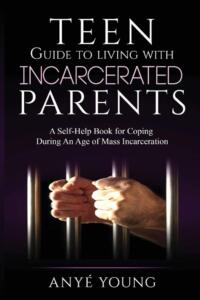 At 16 years of age and as a rising senior in high school, Anyé Young offers a glimpse into her life as a teenager coping with life while her father is serving a 12-year prison sentence. She shares personal stories along with tips and tricks she’s learned while coping with the challenges of life away from her father and in a single-parent home.
At 16 years of age and as a rising senior in high school, Anyé Young offers a glimpse into her life as a teenager coping with life while her father is serving a 12-year prison sentence. She shares personal stories along with tips and tricks she’s learned while coping with the challenges of life away from her father and in a single-parent home. The Virtual Group Mentoring program consists of 6 weekly community groups, which last approximately 60-75 minutes. Sessions are held online using the Zoom video conferencing platform. Groups include 6-10 youth participants, ages 8-18, 2 experienced adult facilitators, and a teenage junior counselor, all who have personal experience with parental incarceration. After completing the 6-week program, youth may apply to return for subsequent sessions, or apply for our teen leadership program, which supports youth to become leaders and counselors within our community. All participants, including counselors, have had an incarcerated parent.
The Virtual Group Mentoring program consists of 6 weekly community groups, which last approximately 60-75 minutes. Sessions are held online using the Zoom video conferencing platform. Groups include 6-10 youth participants, ages 8-18, 2 experienced adult facilitators, and a teenage junior counselor, all who have personal experience with parental incarceration. After completing the 6-week program, youth may apply to return for subsequent sessions, or apply for our teen leadership program, which supports youth to become leaders and counselors within our community. All participants, including counselors, have had an incarcerated parent.